Because what’s the point?
Why would anyone ever wear condoms when condoms are obviously the worst?
This doesn’t look so bad, does it?
Hide
Warning
This image is graphic
Click to reveal
CDC / Via phil.cdc.gov
(Gonorrhea, FYI)
And neither does this.
Hide
Warning
This image is graphic
Click to reveal
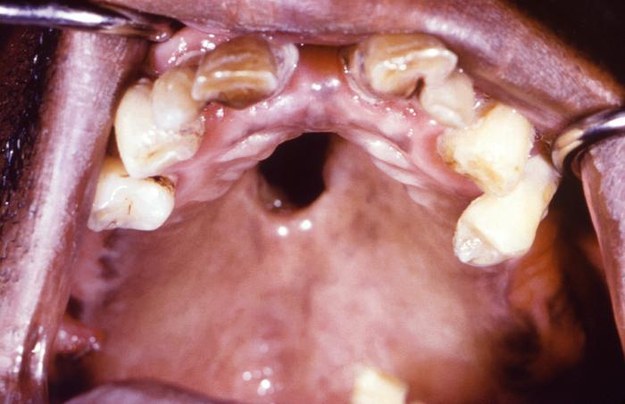
CDC / Robert E. Sumpter / Via phil.cdc.gov
That’s a perforated hard palate from congenital syphilis infection, in case you were wondering.
Stage two syphilis doesn’t even seem that noticeable.
Hide
Warning
This image is graphic
Click to reveal
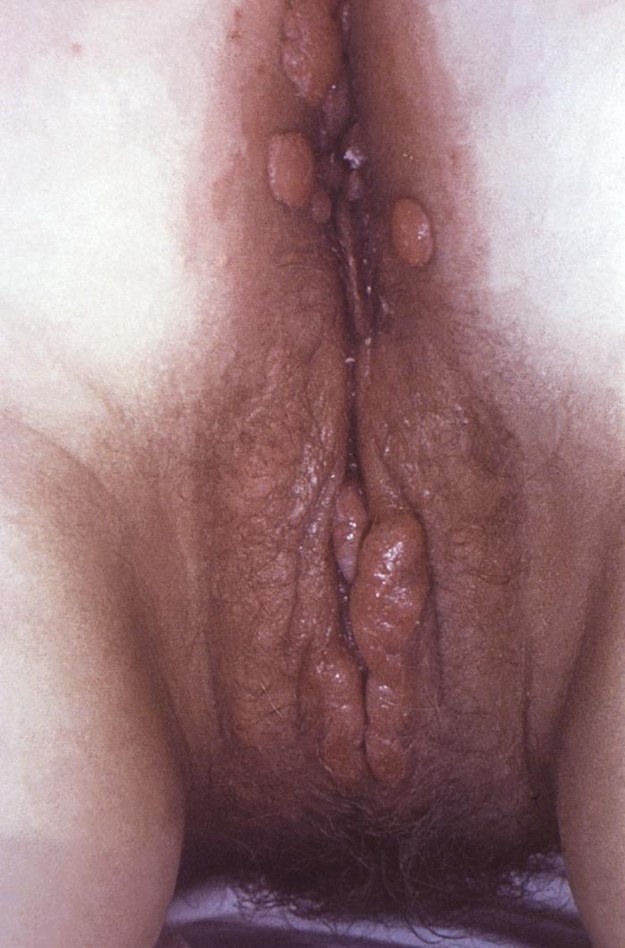
CDC / Robert Sumpter / Via phil.cdc.gov
Secondary syphilis infection.
And these perineum lesions don’t seem that terrible.
Hide
Warning
This image is graphic
Click to reveal
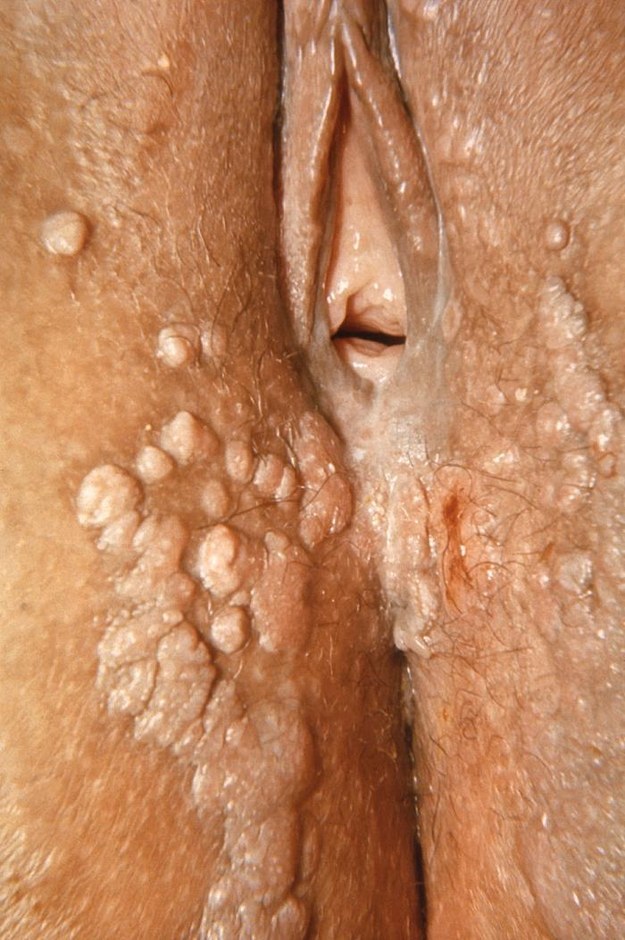
CDC / Joyce Ayers / Via phil.cdc.gov
From the CDC’s description: “Also known as ‘condyloma lata’, this photograph depicts the appearance of what was determined to be secondary syphilitic lesions on a patient’s perineum. Condyloma lata lesions are smooth, moist, and flat, while condylomata acuminatum lesions, though similar, are cauliflower-like, dry, and bulky respectively.”
So, rates of chlamydia are higher today than in the ’90s — nothing to worry about.
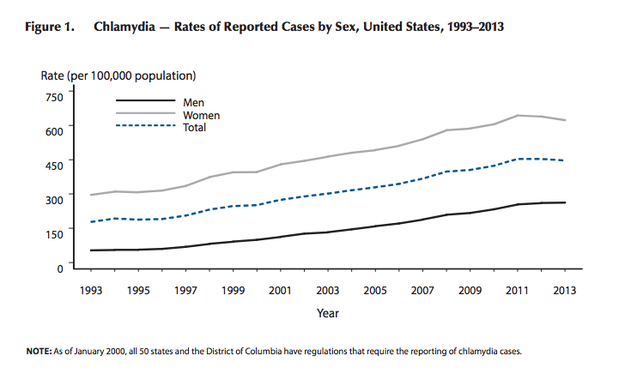
CDC / Via cdc.gov
Not seeing what the issue is here.
Hide
Warning
This image is graphic
Click to reveal
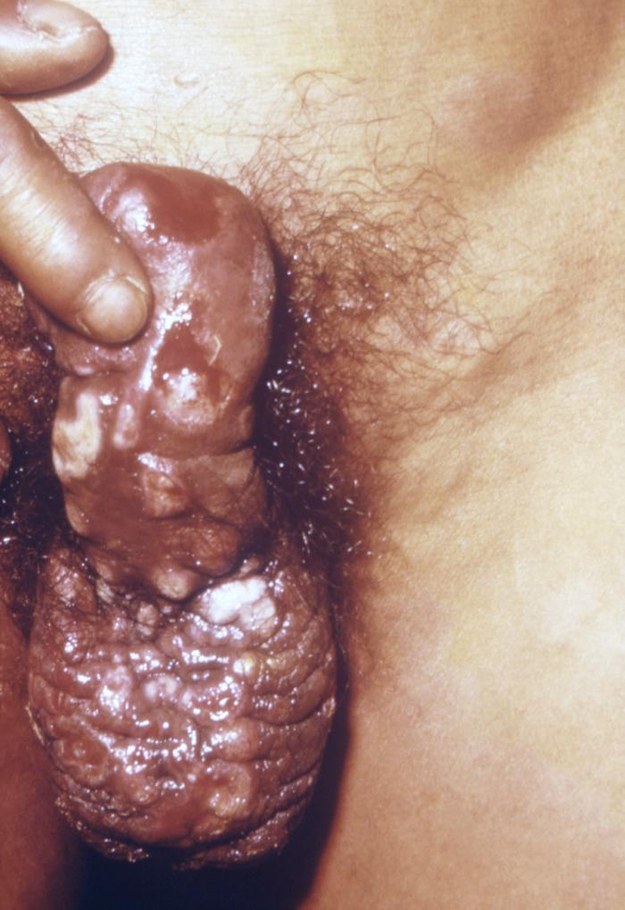
CDC / Susan Lindsley / Via phil.cdc.gov
Penis and scrotum lesions from syphilis, during the most infectious stage of the disease.
Seriously, what’s so bad about a big ol’ penis lesion?
Hide
Warning
This image is graphic
Click to reveal
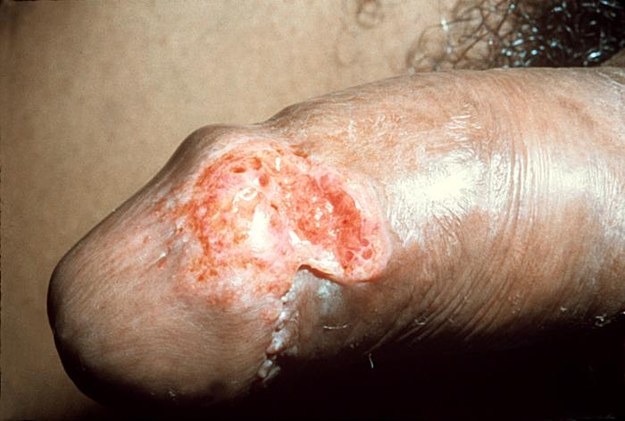
CDC / Joe Miller, Dr. Cornelio Arevalo, Venezuela / Via phil.cdc.gov
Thanks, syphilis!
Vulva and anal warts = NBD.
Hide
Warning
This image is graphic
Click to reveal
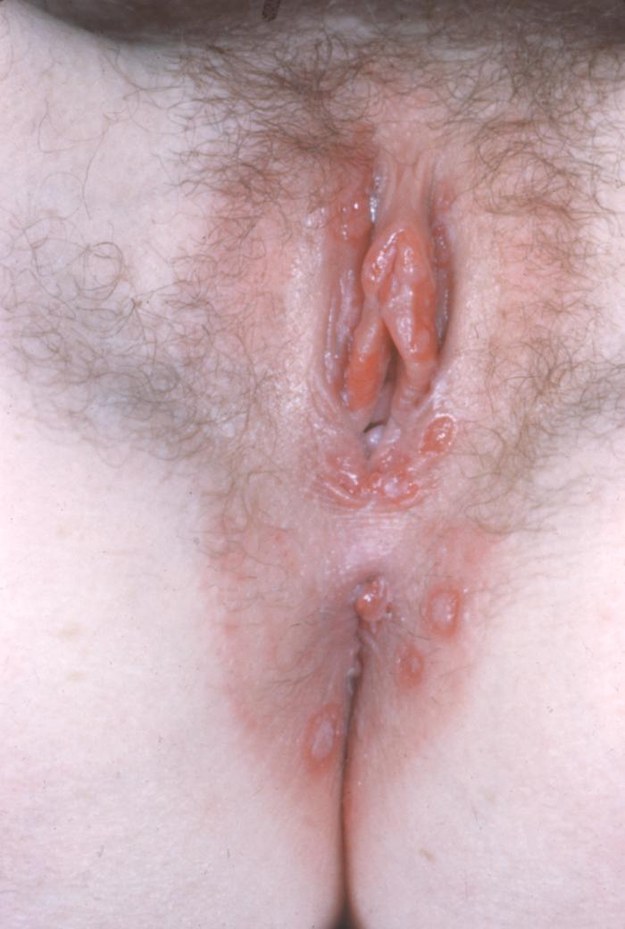
CDC / Via phil.cdc.gov
File this one under syphilis also.
So there were over 1.4 million cases of chlamydia in the U.S. in 2013? Doesn’t seem so bad.
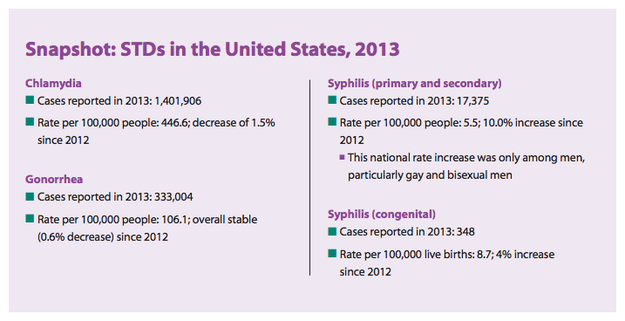
CDC / Via cdc.gov
Looks exciting!
Hide
Warning
This image is graphic
Click to reveal

CDC / Via phil.cdc.gov
From the CDC’s description: “Due to the accompanying inflammation brought on by the Neisseria gonorrhoeae infection, the foreskin becomes adherent to the glans penis resulting in a condition known as phimosis, and cannot be retracted in order to expose the entire glans.”
Gonorrhea and syphilis together could be a fun and character-building experience, if you think about it.
Hide
Warning
This image is graphic
Click to reveal

CDC / Susan Lindsley / Via phil.cdc.gov
Glass half full, people.
Chlamydia of the mouth? WHOOO CARES.
Hide
Warning
This image is graphic
Click to reveal
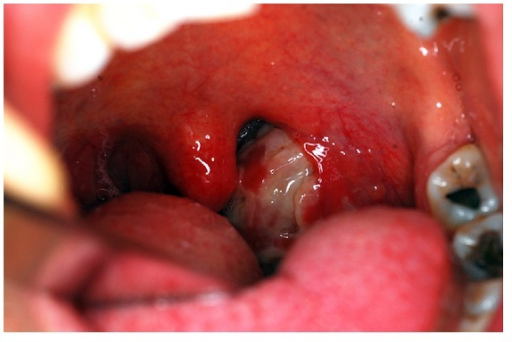
Oztürk O, Seven H – Case Rep Otolaryngol (2012) / Via openi.nlm.nih.gov
Chlamydia in your eyeball? Sounds like a pretty sweet party icebreaker, TBH.
Hide
Warning
This image is graphic
Click to reveal
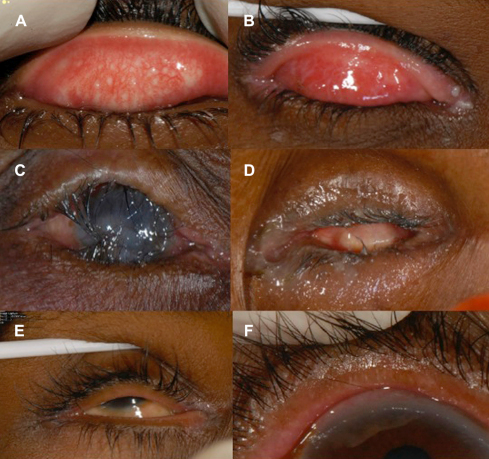
Rajak SN, Collin JR, Burton MJ – Surv Ophthalmol (2012)
Nothing to see here.
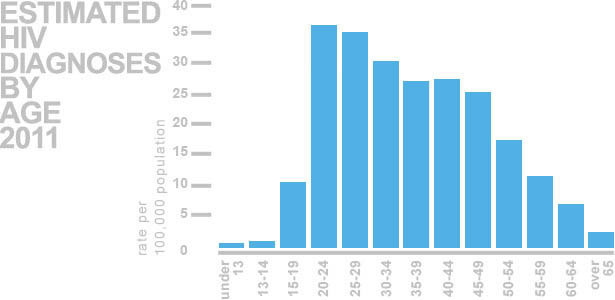
AVERT / Via avert.org
This chart shows the estimated new diagnoses of HIV per 100,000 people, by age, in 2011. The age ranges with the highest rates of new HIV diagnoses were among people in their twenties.
Whatevs, you guys. A lil’ herpes never hurt anyone.
Hide
Warning
This image is graphic
Click to reveal
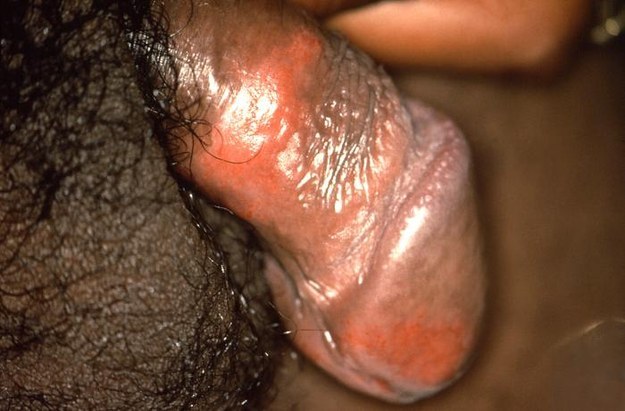
CDC / Dr. M. F. Rein; Susan Lindsley / Via phil.cdc.gov
Not seeing what the big deal is?
Hide
Warning
This image is graphic
Click to reveal
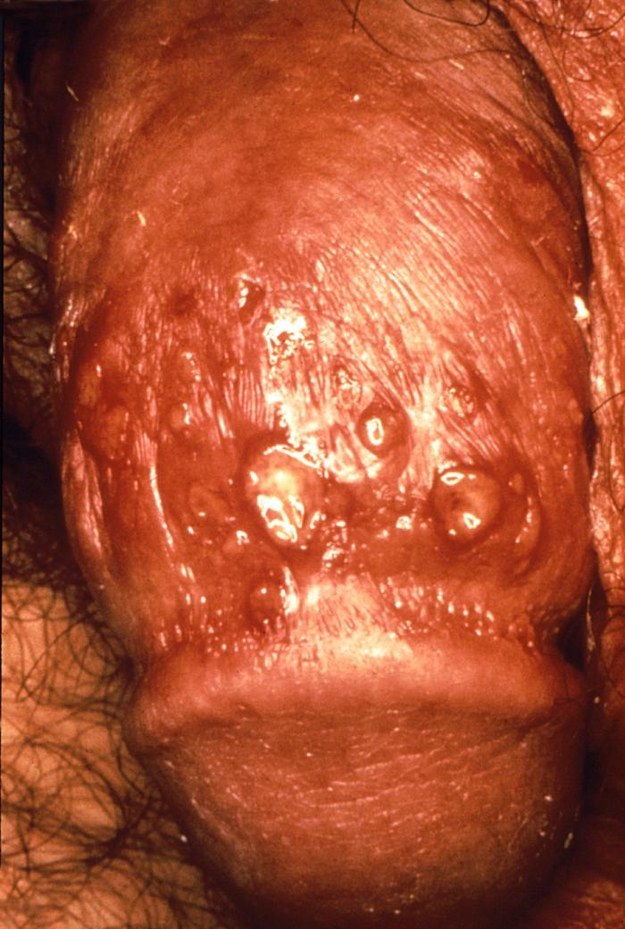
CDC/ Dr. N.J. Flumara.; Dr. Gavin Hart / Via phil.cdc.gov
Just some more herpes, nothing to see here.
Yeah, and?
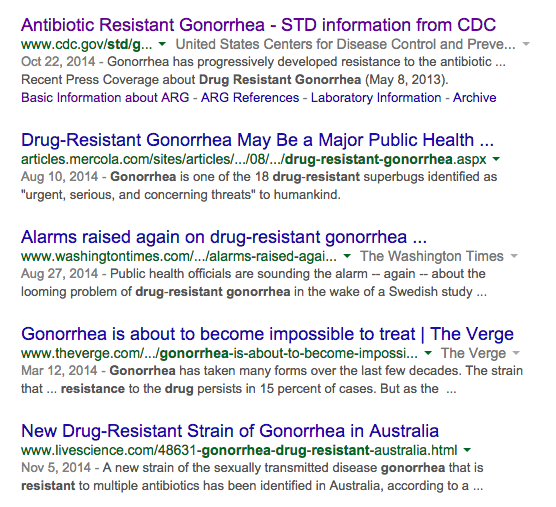
BuzzFeed
Antibiotic resistant super-gonorrhea, shmantibiotic resistant super-gonorrhea.
Remember, there’s really no point in wearing condoms.
FYI, in case it was not clear: This post is meant to be sarcastic. Condoms are actually hugely important for your health and well-being — for starters, they lower your risk of contracting and spreading sexually transmitted diseases; they’re also 98% effective at preventing pregnancy with perfect use and 82% effective at preventing pregnancy with imperfect use. Condoms don’t prevent the spread of all sexually transmitted diseases (for instance, herpes and HPV spread through skin-to-skin contact, which can happen even if you wear a condom), but they can reduce your risk. See more information about how useful and awesome and important condoms are here.
update
Syphilis, gonorrhea, and chlamydia are all treatable in most cases, and can be cured. If you think you might have one of these diseases, definitely get tested. Herpes is a virus and can’t be cured — but with the right treatment can be maintained and controlled.
Bottom line: Many, many people contract and live with STDs. The best thing you can do for your health is to protect yourself, and know your STD status so you can get the medical treatment and attention you need. BF_STATIC.timequeue.push(function () { document.getElementById(“update_article_update_time_4952843”).innerHTML = UI.dateFormat.get_formatted_date(‘2015-02-11 16:25:45 -0500’, ‘update’); });

















